Main Navigation Menu
© 2025 Tech Jacks Soutions, All Rights Reserved
© 2025 Tech Jacks Soutions, All Rights Reserved
ROG Xbox Ally pricing problems have erupted into widespread consumer rejection as Microsoft and ASUS launch pre-orders for handheld gaming PCs that cost more than most desktop systems. The ROG Xbox Ally X launches at $999 while the base model reaches $599, creating price points that position handheld gaming as luxury electronics rather than accessible entertainment devices.
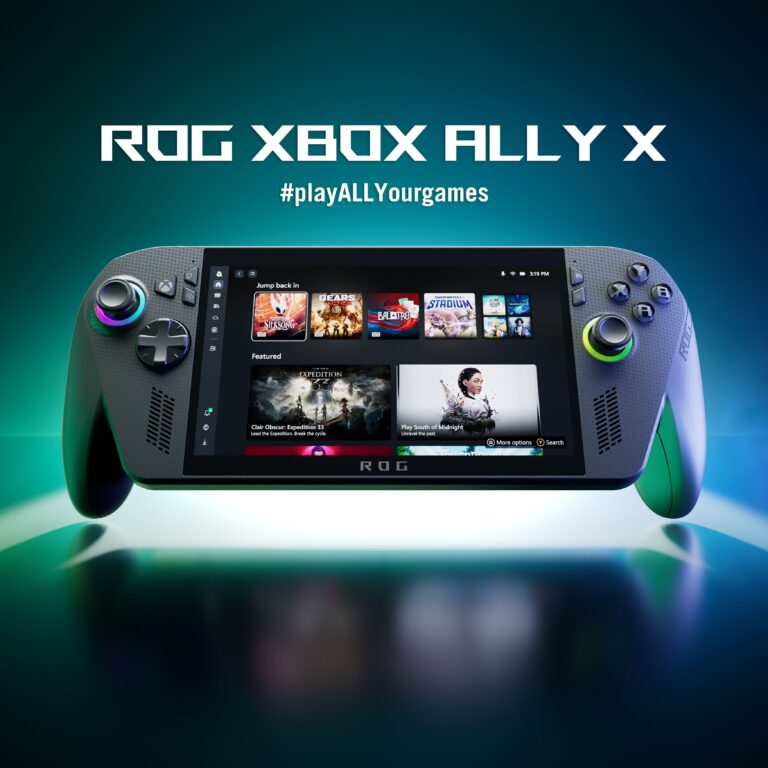
Microsoft’s pre-order announcement reveals the ROG Xbox Ally X at $999 while the base model reaches $599, with availability across 38 countries demonstrating the company’s confidence in premium pricing strategy despite market resistance. The ROG Xbox Ally pricing problems begin with positioning handheld devices at desktop replacement costs without delivering corresponding performance advantages.
Comprehensive specifications analysis from Windows Central reveals the substantial hardware differences that supposedly justify the $400 price gap between models. The higher-end Xbox Ally X features AMD Ryzen AI Z2 Extreme processor, 24GB RAM, and 1TB storage, while the base model includes AMD Ryzen Z2A processor, 16GB RAM, and 512GB storage.
Forbes analysis of Microsoft’s broader pricing strategy demonstrates systematic premium positioning across the company’s gaming hardware lineup. The pattern suggests corporate belief that consumers will accept luxury pricing for gaming devices regardless of value proposition delivery.
XboxEra’s detailed breakdown confirms the pricing structure while highlighting competitive disadvantages compared to established handheld gaming alternatives. The analysis reveals how ROG Xbox Ally pricing problems create market positioning that favors competitors offering superior price-performance ratios.
The display specifications expose fundamental compromises where $1000 hardware includes 7-inch 1080p LCD screens rather than OLED technology found in premium devices. These component choices demonstrate how ROG Xbox Ally pricing problems include luxury costs for mainstream specifications.
Industry analysis from Engadget positions the Steam Deck as a superior value in the handheld gaming market. The Steam Deck’s $399-$649 price range sharply contrasts with ROG Xbox Ally’s $599-$999, highlighting performance-per-dollar advantages that reveal weaknesses in Microsoft’s pricing strategy. Community discussions on Reddit show widespread consumer skepticism about the value offered by ROG Xbox Ally. User comments regularly question whether small performance gains justify the large cost increases compared to proven alternatives.
The technical specifications comparison reveals only slight processing advantages that don’t justify three-digit price premiums. Since Steam Deck OLED models deliver comparable gaming experiences at much lower costs, ROG Xbox Ally’s pricing problems become evident through direct market competition. Claims of improved battery life by ASUS require compromises in performance, such as lower graphics settings and frame rate limits. These efficiency gains necessitate sacrificing visual quality, which conflicts with its premium positioning and doesn’t justify the steep price increases.
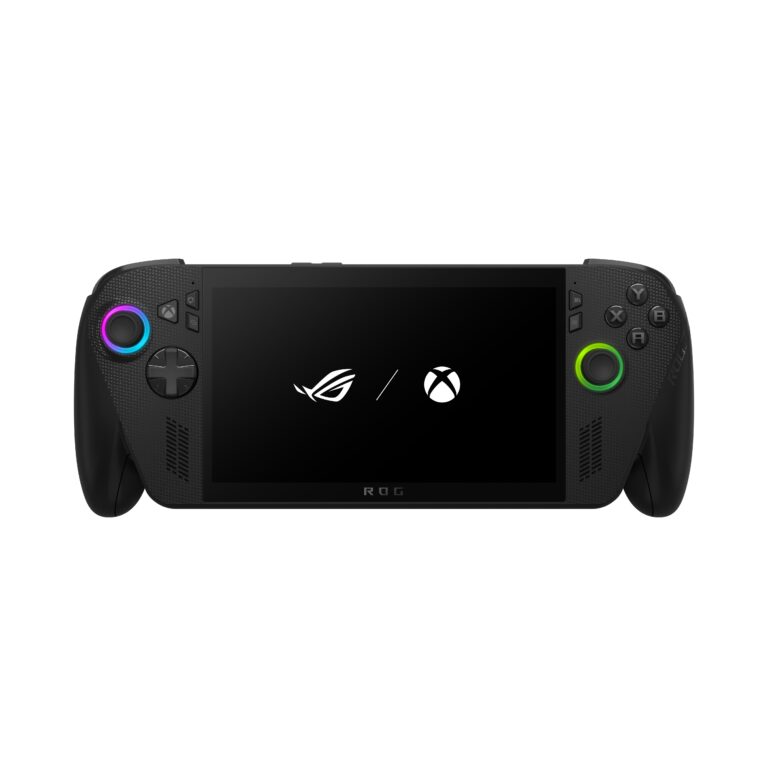
Microsoft’s Handheld Compatibility Program aims to create artificial ecosystem value through software partnerships rather than focusing on hardware innovation. The initiative shows that companies recognize ROG Xbox Ally pricing issues need more than just specs to justify their value. Wikipedia’s technical overview explains that, despite having Xbox branding, these devices function as Windows PCs rather than actual Xbox consoles. This fundamental limitation causes consumer confusion because high prices suggest console features, but the devices deliver PC gaming complexities.
The “Xbox” marketing implies compatibility with Xbox game libraries and ease of use typical of consoles, but buyers end up with Windows-based systems that require traditional PC maintenance and troubleshooting. ROG Xbox Ally pricing problems worsen due to misleading branding that creates false expectations about what the device can do and how it will perform. Cloud streaming offers limited access to Xbox console games but depends on a stable internet connection and subscription services.
These requirements go against the core idea of handheld gaming, which is portability and offline use, independent of network access. Microsoft’s strategy seems to leverage Xbox brand recognition while offering fundamentally different technology experiences. The gap between marketing promises and actual features increases ROG Xbox Ally pricing issues, leading to consumer disappointment and higher return rates.
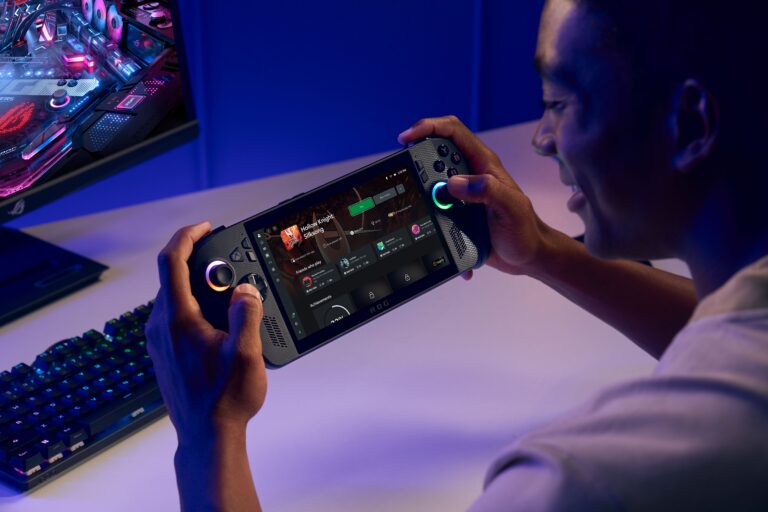
Neowin’s global pricing analysis shows regional differences where international consumers face even higher relative costs because of currency exchange and local taxes. These differences create barriers that keep entire markets from participating in handheld gaming. The availability in 38 countries highlights Microsoft’s global ambitions but also reveals pricing strategies that clash with goals of widespread market penetration. ROG Xbox Ally pricing issues become even more pronounced in developing economies where a $1000 device accounts for a large portion of what people earn. Regional pricing inconsistencies suggest arbitrary value setting rather than a clear international market strategy. When local economic conditions aren’t properly considered, premium prices become disconnected from consumers’ ability to buy, affecting adoption.

Stock market analysis from StockTitan highlights investor expectations for ASUS ROG Xbox Ally performance while noting manufacturing complexities that influence production costs. The financial insights show how ROG Xbox Ally pricing issues stem from corporate profit needs rather than consumer value. ASUS’s past quality control issues add extra risk, as premium pricing sets high reliability expectations that manufacturing sometimes fails to meet. Early user experiences with previous ROG Ally versions suggest potential hardware problems that clash with its luxury branding.
The partnership between Microsoft and ASUS shares responsibility for hardware quality and software performance. This structure creates diffusion of accountability, meaning neither company alone is fully responsible for customer satisfaction. Pre-order options without thorough independent reviews tempt consumers to decide based on marketing hype instead of proven performance data. This approach leverages early adopters’ excitement while avoiding detailed scrutiny that might reveal actual value limitations.
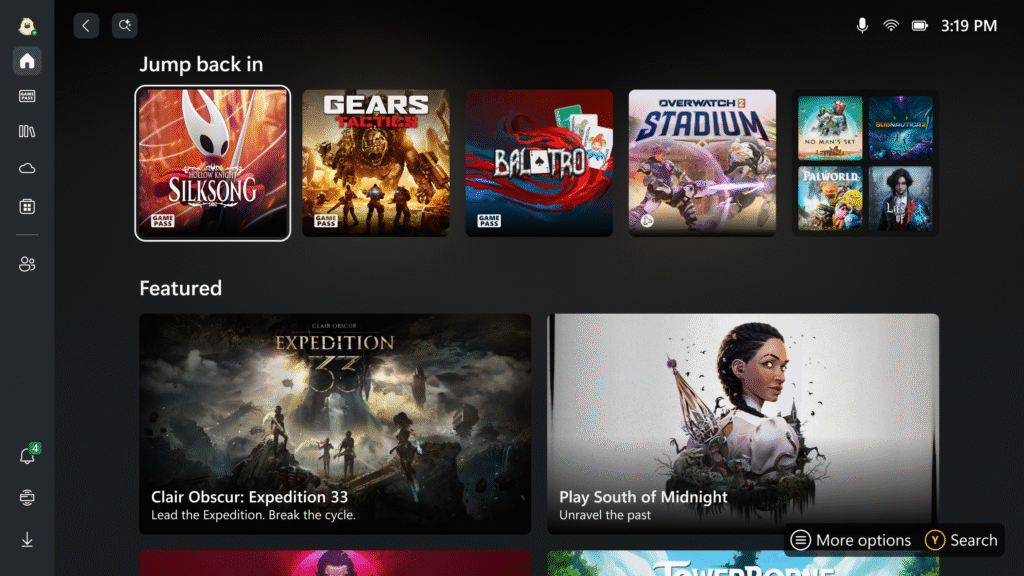
Microsoft’s strategic positioning through Xbox Wire highlights Game Pass integration and cloud gaming capabilities as key value propositions. These ROG Xbox Ally pricing issues go beyond hardware costs to include mandatory subscription dependencies that generate ongoing revenue rather than one-time sales. The ecosystem approach shifts handheld gaming from an ownership model to a service-based dependency, where essential functionality demands monthly payments for Game Pass Ultimate subscriptions. This subscription requirement adds hundreds of dollars annually to the total cost of ownership, making the actual ROG Xbox Ally pricing issues much higher than the advertised hardware costs. Cloud gaming limitations such as bandwidth needs, latency problems, and regional restrictions undermine the portable gaming benefits of independence. When handheld devices rely on consistent internet connectivity for core functions, the supposed mobility advantages are offset by infrastructure dependencies.
Microsoft’s focus on “Play Anywhere” technology creates artificial scarcity, giving prioritized support and optimization to Xbox ecosystem games while third-party titles receive less support and compatibility. This walled garden approach restricts software freedom and forces consumers into proprietary service ecosystems, regardless of their preferences. The subscription model allows Microsoft to retain revenue control even after hardware sales end. These ROG Xbox Ally pricing issues include this ongoing financial extraction, transforming gaming from a one-time entertainment purchase into a perpetual service obligation with no true ownership benefits.

Forbes coverage of Microsoft’s broader pricing strategy occurs during widespread economic uncertainty, where luxury gaming hardware faces unprecedented consumer resistance. The ROG Xbox Ally pricing issues align with inflation pressures that reduce discretionary spending across target demographics. Contraction in the gaming industry impacts software sales and subscription renewals, while hardware manufacturers maintain premium pricing strategies that overlook market realities. Consumer priorities shift toward essential purchases when economic conditions worsen, making $1000 handheld gaming devices especially vulnerable to demand drops. This timing reveals a corporate disconnect, as product development cycles proceed independently of economic factors that influence consumers’ buying power. The ROG Xbox Ally pricing issues reflect a strategic misjudgment where luxury branding conflicts with recession-driven consumer behavior.
During economic downturns, competitive pressure from established platforms intensifies as consumers compare value more critically. The proven performance and lower cost of the Steam Deck become more appealing when household budgets tighten, prioritizing essentials over luxury technology. Microsoft’s confidence in premium pricing suggests internal market research that fails to account for macroeconomic trends affecting disposable income. The ROG Xbox Ally pricing issues demonstrate corporate insularity from real-world financial pressures shaping consumer choices in gaming hardware.
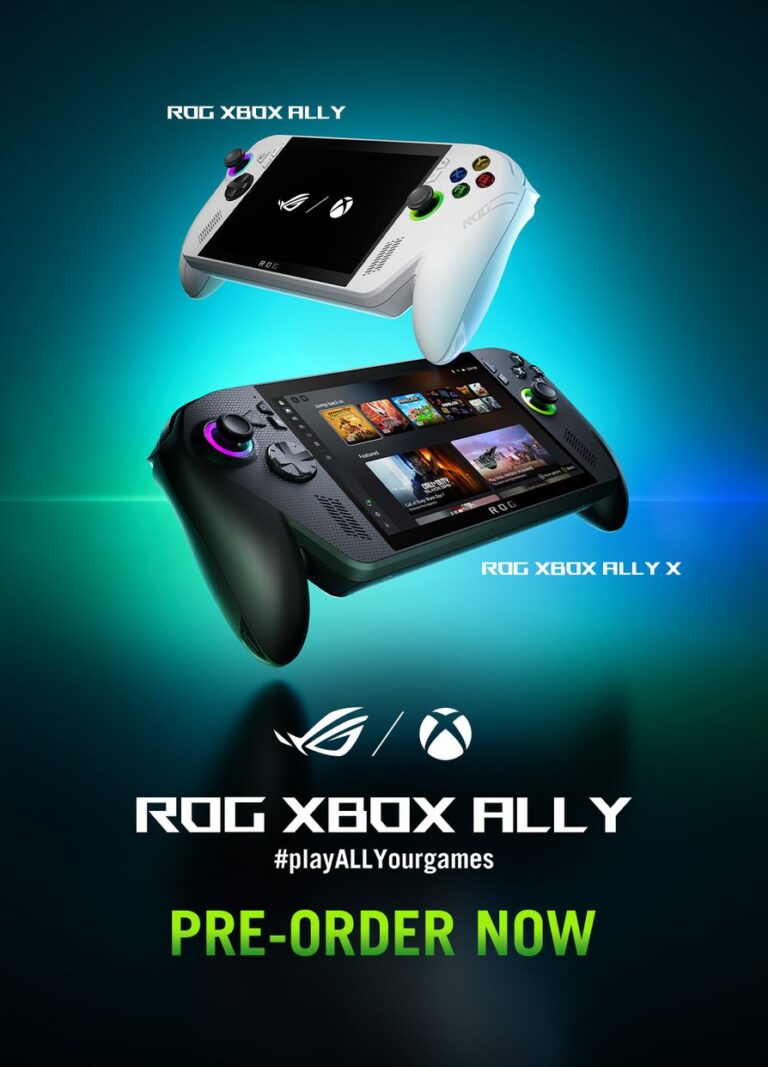
ROG Xbox Ally pricing issues illustrate the gaming industry’s shift from accessible entertainment to luxury consumption, where $1000 handheld devices exclude mainstream audiences without delivering equivalent value. Microsoft and ASUS have set niche hardware at premium prices without offering corresponding ecosystem benefits. The comparison with Steam Deck reveals a fundamental market disconnect, as established competitors provide better price-performance ratios with proven hardware and software optimization. ROG Xbox Ally’s incremental processing upgrades do not justify three-digit price premiums, especially when alternatives offer comparable gaming experiences at much lower prices.
Confusion around Xbox branding creates false advertising, implying features that Windows PC architecture cannot deliver. Consumers expecting Xbox game compatibility and simple console use encounter the complexity of PC gaming and limited software ecosystems, conflicting with premium positioning promises. Microsoft’s pricing approach appears driven by profit motives rather than market-driven value. The consistent premium positioning across gaming hardware suggests financial pressure that prioritizes revenue over platform expansion and consumer accessibility.
International market barriers show how luxury pricing creates global disparities, preventing developing economies from participating in handheld gaming. Regional pricing inconsistencies reveal arbitrary value judgments rather than a cohesive market strategy to serve diverse consumers. Quality control issues worsen pricing concerns, as high costs set expectations for reliability that ASUS manufacturing struggles to meet consistently. Risks for early adopters increase when hardware defects become common, undermining the luxury image.
The gap between performance promises and actual results highlights marketing manipulation, as efficiency improvements often require graphics compromises, diminishing the justification for high-end hardware. Battery life enhancements often demand lowering visual settings, opposing the luxury positioning without offering significant benefits. Industry analysis shows a pattern where handheld gaming prices surpass those of traditional consoles, yet with inferior ecosystems and software compatibility. ROG Xbox Ally’s pricing problems position this experimental hardware as a mainstream alternative without matching functionality.
Smart consumers should view ROG Xbox Ally’s pricing issues as a warning about premium pricing driven more by corporate profit aims than genuine gaming innovation. These devices seem more like costly experiments than true handheld advancements, making their luxury branding questionable. Gaming should focus on affordable hardware that enhances player experience rather than serving corporate profits. ROG Xbox Ally’s pricing issues demonstrate how coordinated industry tactics create artificial scarcity and premium status for mainstream technology, which should instead cater to broad gaming audiences, not just affluent enthusiasts.
